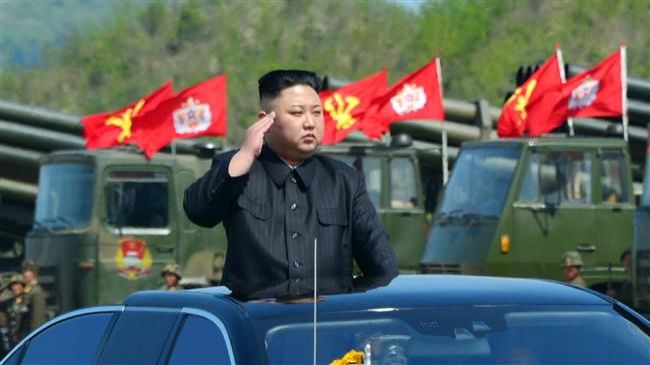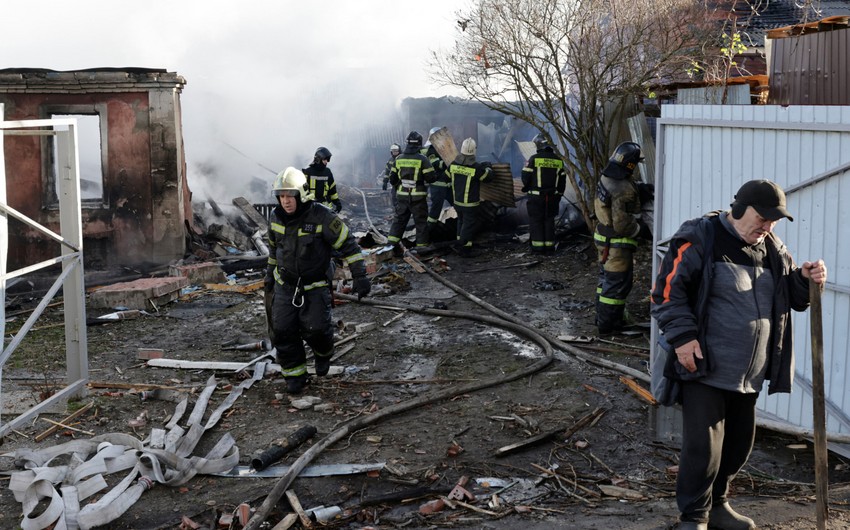For an administration purportedly hypersensitive to leaks of classified information, major disclosures about the status of the North Korean nuclear weapons program emanating from unnamed U.S. officials ought to be deeply disconcerting.
Multiple leaks to reporters at the Washington Post and New York Times over the past two weeks indicate that the intelligence community has sharply altered its collective judgment about the number of nuclear warheads in the North Korean inventory; the North’s ability to miniaturize its weapons to fit atop its ballistic missiles; and the anticipated date by which a North Korean nuclear weapon could be delivered to the continental United States. These changes make the threats posed by North Korea appear much more ominous and immediate, though this also depends on how to evaluate Pyongyang’s intentions.
But there’s a troubled history with such intelligence shifts in the past. That should inject caution, if not outright skepticism, in evaluating these new assessments. No serious analyst would contest the undoubted advances in North Korea’s nuclear and missile capabilities over the past several years. But this doesn’t mean that new assessments should be accepted at face value. Analysts must ask questions about the policy agendas that could be advanced by presenting new intelligence judgments in public.
On July 25, the Washington Post reported that “North Korea will be able to field a reliable, nuclear-capable intercontinental ballistic missile as early as next year,” based on a new assessment from the Defense Intelligence Agency (DIA). Its reporters added: “North Korea has not yet demonstrated an ability to build a miniaturized nuclear warhead that could be carried by one of its missiles.” (Brooking)










